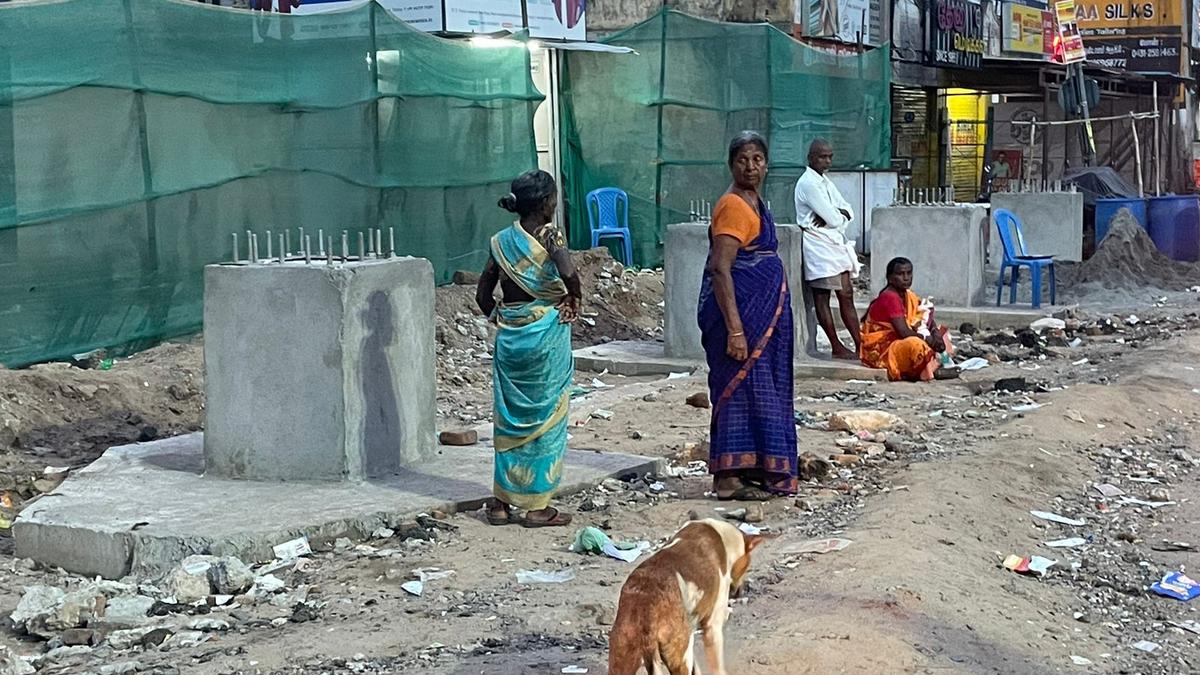17 April 2024 marked the 60th birth anniversary of celebrated filmmaker Satyajit Ray’s Charulata (1964) based on Nastaneer (The Broken Nest) a novelette of around 80 pages, written by Rabindranath Tagore in 1901. Its translator, Mary M Lago, describes it as "one of Tagore’s best works of fiction.”
On Tagore's birth anniversary today on 7 May, it is only fitting for a lookback.
The story of the film and the original literary piece took place in 1879 when the Bengal Renaissance was almost at its peak. Western thoughts of freedom and individuality were just about to ruffle the age-old feathers of a feudal society.
Thinking men were responding to it and some changes were already in motion. Women’s liberation was being talked about, but not much beyond a few cases of widow remarriage and education.
It was changing, and below in the drawing room, her British-influenced husband Bhupati was celebrating the victory of the liberals in Britain. Nineteenth-century western social philosophy and Ram Mohan Roy’s ideas were constantly working towards the liberation of women.
Critical Readings of the Film Text
Other than The Apu Trilogy, Charulata, perhaps, is the most hotly debated, variedly interpreted, widely discussed, and critically questioned among Satyajit Ray’s films.
They continue to shed new light on the film. "Where Charulata herself is concerned, Ray achieves that wonderful transparency in the objective correlative which represents the height of cinema. Every thought in her mind is clearly visible, every feeling,” writes Chidananda Dasgupta in Talking about Films (p.63.) He goes on: “Deeply intelligent, sensitive, outwardly graceful, self-composed and serene but inwardly the kind of traditional Indian woman of today whose inner seismograph catches the vibration waves reaching from outside into her seclusion, stirring her with a spiritual unrest.”
She does not care if this is noticed by the rest of the family except Bhupati. Amal runs away from any possible contravention of the norms of conventional morality. Her total obliviousness to her husband’s dilemma distances Amal from her.
Why Ray’s Charulata Stands Out Among Tagore’s Women?
The camerawork in the film is caressingly soft in keeping with the grayness of the characters within the film. Charu, therefore, stands out as the finest blend of the ideal and the pragmatic, the radical and the traditional, among all of Ray’s women.
Tagore’s Charu is a woman 'born’ much ahead of her time. Ray’s Charu reasserts this literary ‘reality’ ages after Tagore created her in Nastaneer. Chidananda Dasgupta writes, "In Mahanagar [The Metropolis], ... for the first time, we come across a woman who is awakened to the possibility of determining the course of her own life" and "the sureness of touch is much more evident in Charulata."
Ray personally responded to attacks on his alleged distortion of the Tagore original Nastaneer through his article Charulata Prasange in the collection of articles Bishay Chalachitra.
They were addressed in the form of letters directed at Ashok Rudra who attacked Ray for the diversions he made from the original in Charulata. Ray’s final article was "a wonderful piece of literary criticism of the Tagore original in the then-distinguished Bengali little magazine Parichay in 1964.”
Do Hidden Metaphors Mar Originality?
This writer seeks to examine the different layers of metaphorical meanings that have emerged from a study of Charulata, the film, as an independent cinematic creation of Ray over time.
The ones that have been explored here are as follows:
The Literary Liaison – whether Charulata, the film, violates certain tenets of putting a major work of literature on film.
The Tagore-Ray link – whether Tagore, the person, and his personal relationships, influenced Ray more than the story (Nastaneer) he based the film Charulata on.
The original and imaginative use of literature as a strong leitmotif – weaving itself into the narrative space as a literary motif, into the cinematic space of the film as a visual motif, into dialogues between Charu and Amal as a sound-and-word motif.
The Musical Metaphor – Whether the structure of Charulata and the five characters that go to build it follows the structure of a specific Mozart creation like an allegory.
Ray – The Feminist – an exploration of questions that arise about how and why Ray, being a man, like his inspiring source, Tagore, made such a strong feminist statement in and through Charu the woman, and Charulata, the film.
Author Amitabh Chattopadhyay has disputed Ray’s loyalty to the essence of Tagore’s original story. But when one considers the relocation of the story made by Ray almost a hundred years after Tagore wrote it, one begins to understand the perspective of a filmmaker 'looking’ at a story that was penned by a different person (Tagore) in 1901 (about five characters set in 1879) through his ‘cinematic’ vision which is – and has to be – distanced from Tagore’s literary vision.
Yet, there is this sense of 'reverence’ for the master litterateur Ray expresses through other visual components in the film:
The recreation of the period to create the mise-en-scene and the setting is an example. The European style haveli with its heavy, ornate furniture is made into a gilded cage for the helpless Charu.
Long corridors, rooms seen through vistas, shuttered windows, and dark wallpaper, all combine to create an overpowering presence of being enclosed in a confined space while at the same time offering glimpses of dappled sunlight filtering through the central courtyard or in the formal garden.
They also highlight the loneliness and the boredom that defines Charu’s life.
(Shoma A Chatterji is an Indian film scholar, author and freelance journalist. The views expressed are the author’s own. The Quint neither endorses nor is responsible for them.)
(At The Quint, we are answerable only to our audience. Play an active role in shaping our journalism by becoming a member. Because the truth is worth it.)

 1 week ago
112
1 week ago
112


